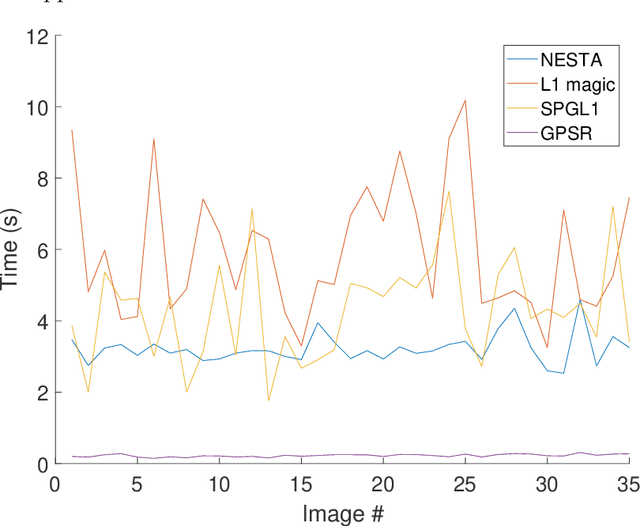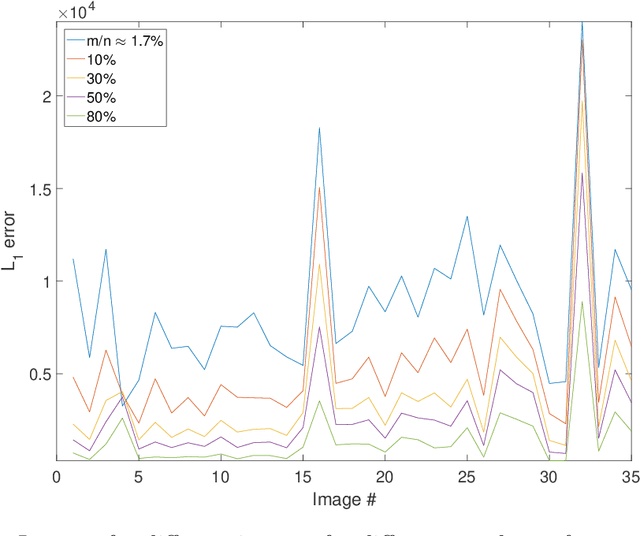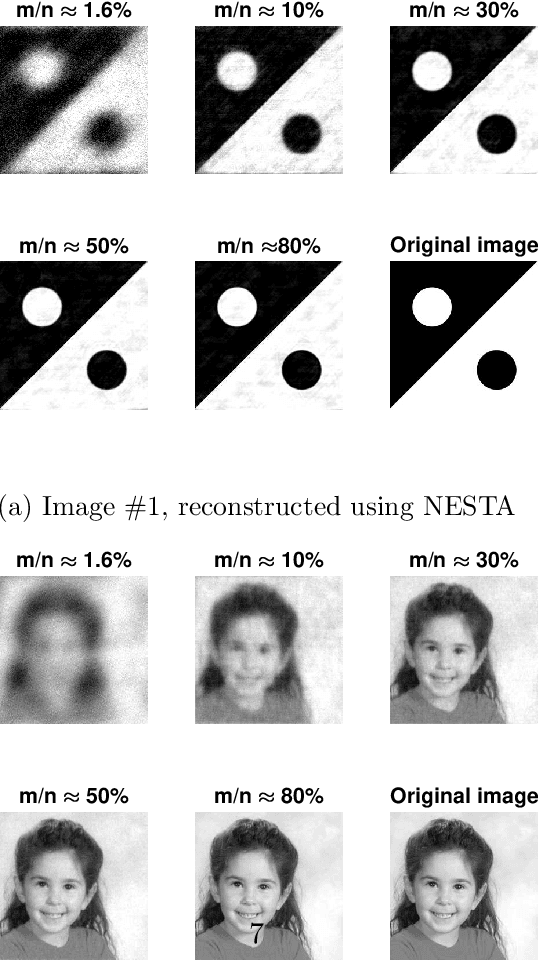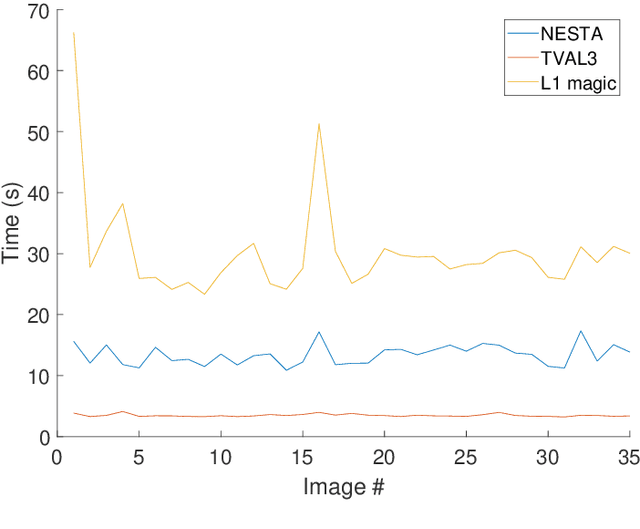Yoni Sher
Heuristic Search For Physics-Based Problems: Angry Birds in PDDL+
Mar 29, 2023



Abstract:This paper studies how a domain-independent planner and combinatorial search can be employed to play Angry Birds, a well established AI challenge problem. To model the game, we use PDDL+, a planning language for mixed discrete/continuous domains that supports durative processes and exogenous events. The paper describes the model and identifies key design decisions that reduce the problem complexity. In addition, we propose several domain-specific enhancements including heuristics and a search technique similar to preferred operators. Together, they alleviate the complexity of combinatorial search. We evaluate our approach by comparing its performance with dedicated domain-specific solvers on a range of Angry Birds levels. The results show that our performance is on par with these domain-specific approaches in most levels, even without using our domain-specific search enhancements.
Learning to Operate in Open Worlds by Adapting Planning Models
Mar 24, 2023

Abstract:Planning agents are ill-equipped to act in novel situations in which their domain model no longer accurately represents the world. We introduce an approach for such agents operating in open worlds that detects the presence of novelties and effectively adapts their domain models and consequent action selection. It uses observations of action execution and measures their divergence from what is expected, according to the environment model, to infer existence of a novelty. Then, it revises the model through a heuristics-guided search over model changes. We report empirical evaluations on the CartPole problem, a standard Reinforcement Learning (RL) benchmark. The results show that our approach can deal with a class of novelties very quickly and in an interpretable fashion.
Review of Algorithms for Compressive Sensing of Images
Aug 05, 2019



Abstract:We provide a comprehensive review of classical algorithms for compressive sensing of images, focused on Total variation methods, with a view to application in LiDAR systems. Our primary focus is providing a full review for beginners in the field, as well as simulating the kind of noise found in real LiDAR systems. To this end, we provide an overview of the theoretical background, a brief discussion of various considerations that come in to play in compressive sensing, and a standardized comparison of off-the-shelf methods, intended as a quick-start guide to choosing algorithms for compressive sensing applications.
 Add to Chrome
Add to Chrome Add to Firefox
Add to Firefox Add to Edge
Add to Edge